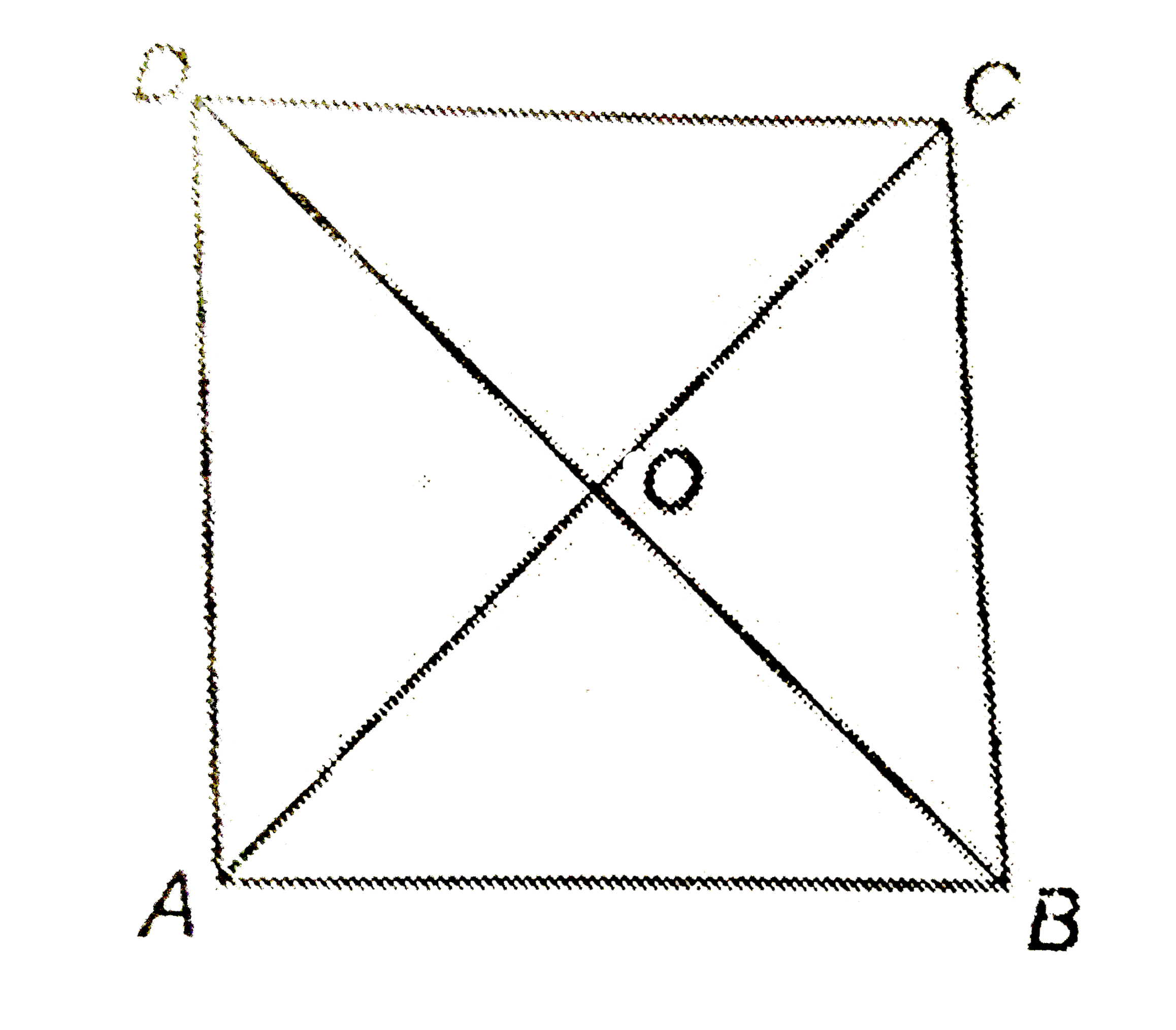The diagonals AC and BD of the parallelogram ABCD intersect each other at O . Any straight line passing through O intesects the sides AB and CD at the points P and Q respectively . Prove that OP = OQ.Solution in Bengali
Step by step video & image solution for The diagonals AC and BD of the parallelogram ABCD intersect each other at O . Any straight line passing through O intesects the sides AB and CD at the points P and Q respectively . Prove that OP = OQ. by Maths experts to help you in doubts & scoring excellent marks in Class 9 exams.
Updated on:21/07/2023Topper's Solved these Questions
- PROPERTIES OF PARALLELOGRAMBOOK - CALCUTTA BOOK HOUSECHAPTER - PROPERTIES OF PARALLELOGRAMEXERCISE - EXERCISE - 1 (MCQ)
10 Videos
- PROPERTIES OF PARALLELOGRAMBOOK - CALCUTTA BOOK HOUSECHAPTER - PROPERTIES OF PARALLELOGRAMEXERCISE - EXERCISE - 1 (Short -answer type questions )
10 Videos
- PROPERTIES OF PARALLELOGRAMBOOK - CALCUTTA BOOK HOUSECHAPTER - PROPERTIES OF PARALLELOGRAMEXERCISE - EXAMPLES (Short -answer type questions)
6 Videos
- PROBABILITYBOOK - CALCUTTA BOOK HOUSECHAPTER - PROBABILITYEXERCISE - EXERCISE - 2
16 Videos
- REAL NUMBERS BOOK - CALCUTTA BOOK HOUSECHAPTER - REAL NUMBERS EXERCISE - Exercise 1.4 ( Long answer)
18 Videos
Similar Questions
The diagonals of which one of the following geometric figures bisects each orthogonally ?
View SolutionFind the angles of the parallelogram ABCD , if ∠C:∠D=4:5
View SolutionIf in the parallelogram ABCD ∠A:∠B=3:2 , then find the angles of the parallelogram ABCD.
View SolutionDefine with examples :
Event.
View SolutionIf E be a random experiment or rolling a dice and S be its sample space, then if one dice is rolled then find the sample space of it and also find the probability of not getting 4.
View SolutionThe diagonals AC and BD of a parallelogram ABCD intersect each other at the point O. If ∠DAC=32∘and∠AOB=70∘, then ∠DBC is equal to
View SolutionP and Q are points on opposite sides AD and BC of a parallelogram ABCD such that PQ passes through the point of intersection O of its diagonals AC and BD. Show that PQ is bisected at O.
View SolutionIn the adjoining figure, the diagonals AC and BD of a quadrilateral ABCD intersect point O. Prove that :
AB+BC+CD+DA<2(AC+BD)

View SolutionABCD एक समांतर चतुर्भुज है जिसके विकर्ण AC तथा BD बिंदु O पर प्रतिच्छेद करते है। यदि O से गुजरने वाली रेखा AB को P तथा DC को Q पर प्रतिच्छेद करती है, तो सिद्ध कीजिए कि
ar(ΔPOA)=ar(ΔQOC)
View Solutionसमांतर चतुर्भुज ABCD के विकर्ण परस्पर बिंदु O पर प्रतिच्छेद करते है|O से होकर जाती हुई एक रेखा AB को X पर और सम्मुख भुजा CD को Y पर प्रतिच्छेद करती है |दिखाएँ की
ar(AXYD)=12ar(∣∣gmABCD)
View SolutionABCD is a parallelogram whose diagonals AC and BD intersect at O. A line through O intersects AB at P and DC at Q. Prove that ar (ΔPOA)= ar (ΔQOC).
View SolutionThe diagonals AC and BD of a parallelogram ABCD intersect each other at the point O. If angleDAC=30^(@) and angleAOB=80^(@) , then angleDBC is equal to
View SolutionIn the parallelogram ABCD, the midpoints of BC and AD are Q and P respectively. If the diagonals of the parallelogram ABCD intersect each other at point O, prove that POQ will be a straight line.
View SolutionP and Q are points on opposite sides AD and BC of a parallelogram ABCD such that PQ passes through the point of intersection O of its diagonals AC and BD. Show that PQ is bisected at O.
View SolutionAB এবং CD দুটি সমান্তরাল সরলরেখার ভিতর O যেকোনো একটি বিন্দু| OP ও OQ যথাক্রমে AB CD সরলরেখার উপর লম্ব| প্রমাণ করো যে P,O,Q বিন্দু তিনটি সমরেখ|
View Solution
